It is a truism: To grow in the global economy, a country must trade. The Obama Administration and Congress clearly understand this. It’s why the President has set a goal of doubling US exports in five years — and why lawmakers are pressing hard to ensure that happens.
Congress recently has been scrutinizing US trade policy to identify pressure points, obstacles and opportunities to open international markets for US goods and services. I testified before the House Ways and Means Committee last summer at a hearing on the far-reaching impact of China’s trade and industrial policies. And I testified today at another such hearing, this time before the House Energy and Commerce Subcommittee on Commerce, Manufacturing, and Trade, chaired by Rep. Mary Bono Mack (R-Calif.), which is examining how increased trade can boost job creation.
Leading US software companies count on international sales for roughly 60 percent of their revenues. That is how the industry contributes a surplus of $36 billion to the US balance of trade. And it is how the software and related services sector employs nearly 2 million Americans in jobs that pay twice the national average.
But one thing, above all others, stands in the way of further increasing US software exports, the Mount Everest of trade barriers: rampant software theft. It occurs most often when otherwise legitimate businesses make illegal copies of software for their own use. It also occurs online, as Michael Fulkerson, chief technology officer of BSA member company Rosetta Stone, explained at a recent hearing of the House Judiciary Subcommittee on Intellectual Property, Competition and the Internet. In all its forms, this software piracy claimed more than $51 billion worth of PC applications globally in 2009.
Reducing software piracy — particularly in the high-octane economies of the developing world, where PC sales are growing fastest — would send ripples of stimulus through the broader IT economy, thereby creating jobs, spawning new enterprises and driving growth. In fact, the BSA-IDC Piracy Impact Study shows how reducing the global piracy rate by 10 percentage points from its current level of 43 percent would spur $142 billion in new economic activity and create nearly 500,000 new jobs for the United States and its many trading partners.
The US government has a variety of tools at its disposal to persuade its trading partners to improve intellectual property protection and enforcement. These include the annual Special 301 review, negotiation of free trade agreements, and remedies under bilateral and multilateral accords, including the WTO TRIPS Agreement. We should consider all of these options. In particularly intractable situations, we may also need to consider bringing so-called “nullification or impairment” claims under Article XXIII of the General Agreement on Tariffs and Trade.
In the meantime, the US government should set the highest-possible standard here at home. For example, federal agencies are already required by executive order to use only legal software; the next logical step would be to promote the same practice among federal contractors. The administration is actively exploring that option and a series of additional actions under its Joint Strategic Plan on IP Enforcement. We should give responsible agencies the resources to continue executing this plan.
There is a great deal to do. But at the end of the day, we must be able to see the results of our efforts in increased software sales and exports to key markets that are now effectively closed off to us by piracy. That should be the simple measure of success.

